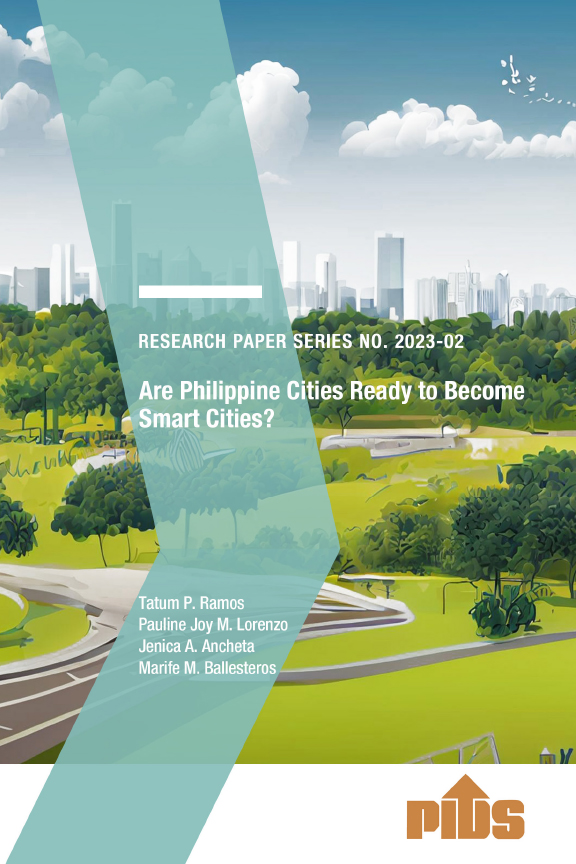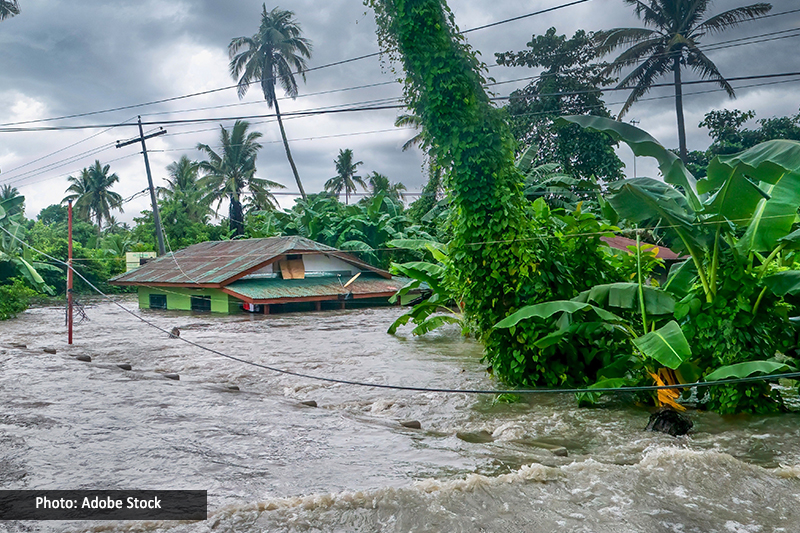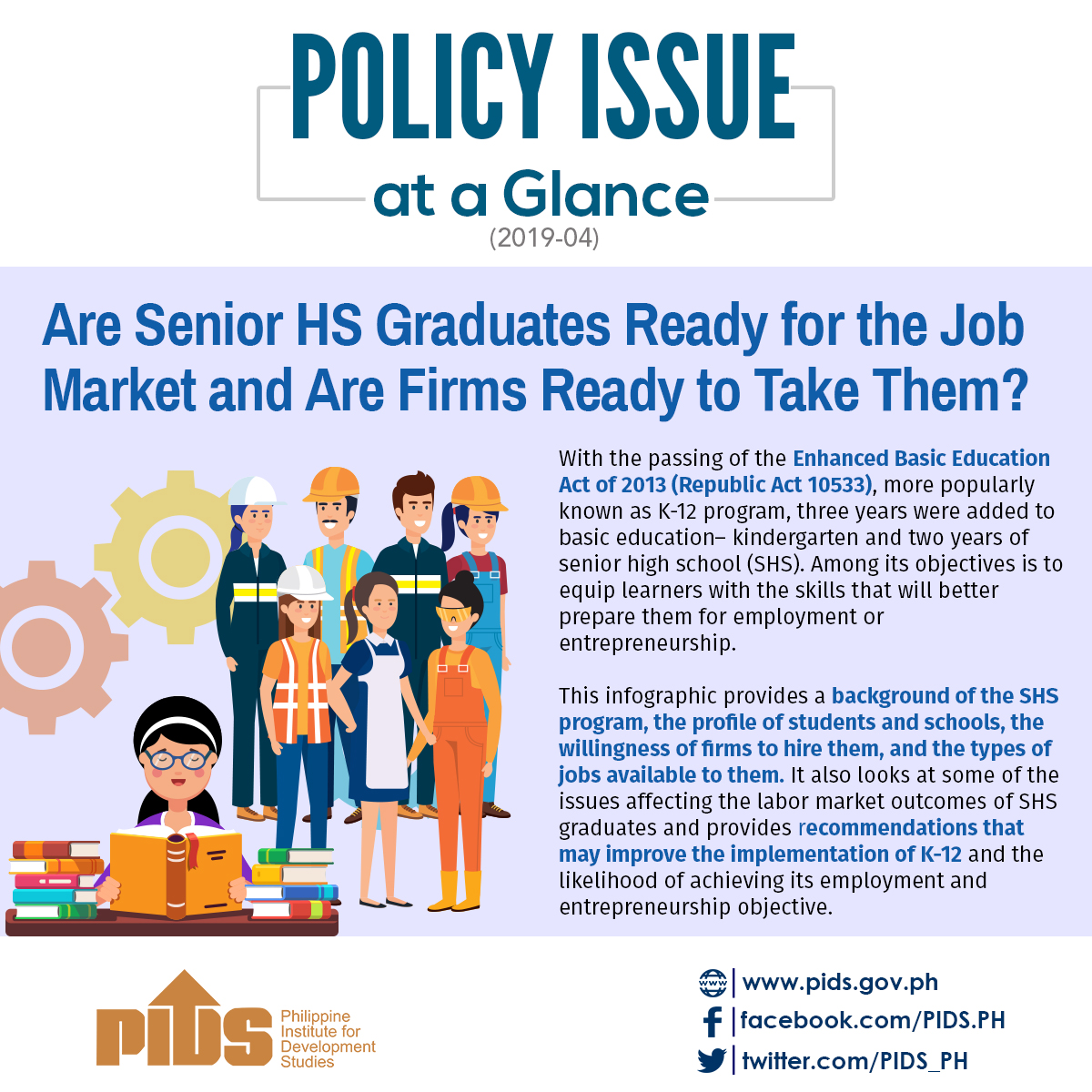Let me be very clear. We agree that the COVID-19 pandemic is not just a public health crisis but an economic, social and even a psychological one. These are deadly, unprecedented times incomparable to any in modern history. Not just the Philippines but the entire world was unprepared to meet this gravest threat to humankind in living memory. In fact, all countries barring none are scrambling to find solutions to stave off the crisis on all fronts.
As one expert correctly noted, we are actually doing shooting-from-the-hip, seat-of-pants decision making as the virus envelops the globe. So, it is not proper much less healthy to consider the impact of this pandemic into separate boxes isolating solutions as if one existed without the other. These are so intertwined it would be foolish to propose solutions to one without thinking of the others.
As the country enters its sixth week of Enhanced Community Quarantine (ECQ) with all the grief, heartaches, trials, challenges and occasional cheers that it brought to millions of affected families, the foremost question remains: Are we now ready to lift the ECQ?
The answer is, it depends.
It depends foremost on the effectiveness of the ECQ and its social and economic impact as exemplified by that continuing debate on Life versus Money. Almost all experts agree that it is only when there is reasonable agreement that the health and medical protocols have been put in place and responsibly handled that we can discuss lifting the lockdown.
Even on a controlled basis, as many in the business community are suggesting. Or a rolling one, as some labor and political groups have proposed. Or a barangay-based lockdown, as others are wont to suggest. Before we get suckered into any lifting of any kind, we reiterate that such should not be rushed—otherwise we might find ourselves worse off than when the lockdown began.
It would do well for all concerned, especially our decision makers, to take heed of the findings, projections and recommendations of a research team from the government think tank, the Philippine Institute of Development Studies (PIDS). Although many of the recommendations of the study entitled “Projected Disease Transmission, Health System Requirements, and Macro Economic Impacts of the Corona Disease 2019 (Covid-19) in the Philippines” have been in discussions since the lockdown, it is the facts and findings they managed to put together which are interesting. These put in question some of the very data being used by most government officials including their boss, Economic Planning Secretary Ernie Pernia.
But that is another story. What matters at this point are their recommendations, a summary of which I have decided to print in this column. Here goes:
“The COVID-19 pandemic is not merely a public health issue but an economic and social one as well. The enhanced community quarantine (ECQ) is a step towards managing the health system’s limited resources, and buying time to buttress hospital and laboratory testing capacity, and equipping healthcare workers with proper protection.
However, setting the economy on “freeze” for a longer period may cause unintended consequences. As our model suggests, the ECQ may have provided the health system some time to prepare but in itself not sufficient to contain the outbreak. In the absence of more aggressive public health interventions, a successive wave of infections could rise months after the ECQ. Hence, the government should not be complacent, and should be strategic in containing the outbreak. The post-ECQ strategy must be designed to maintain a low level of virus transmission, but economically sustainable.
We therefore recommend a gradual and calibrated transition to a risk-based strategy that combines relaxation of economic restriction while controlling the spread of the virus. As the economy reopens, the government should continuously expand its capacity to perform the following:
• Detect and isolate individual cases, and identify close contacts.
• Protect high risk population groups, including healthcare workers.
• Continuously implement public health measures, such as physical distancing and handwashing.
• Treat many patients as possible, particularly severe and critical cases.
To implement these requires a whole-of-government approach: bringing together the resources of different government agencies and harnessing the expertise of the private sector. The general strategy should not be hospital centric. Efforts to control the transmission of the virus should start in local communities, and hospitals shall serve as the last line of defense. The role of local governments to implement public health programs and surveillance are critical.”
As one expert correctly noted, we are actually doing shooting-from-the-hip, seat-of-pants decision making as the virus envelops the globe. So, it is not proper much less healthy to consider the impact of this pandemic into separate boxes isolating solutions as if one existed without the other. These are so intertwined it would be foolish to propose solutions to one without thinking of the others.
As the country enters its sixth week of Enhanced Community Quarantine (ECQ) with all the grief, heartaches, trials, challenges and occasional cheers that it brought to millions of affected families, the foremost question remains: Are we now ready to lift the ECQ?
The answer is, it depends.
It depends foremost on the effectiveness of the ECQ and its social and economic impact as exemplified by that continuing debate on Life versus Money. Almost all experts agree that it is only when there is reasonable agreement that the health and medical protocols have been put in place and responsibly handled that we can discuss lifting the lockdown.
Even on a controlled basis, as many in the business community are suggesting. Or a rolling one, as some labor and political groups have proposed. Or a barangay-based lockdown, as others are wont to suggest. Before we get suckered into any lifting of any kind, we reiterate that such should not be rushed—otherwise we might find ourselves worse off than when the lockdown began.
It would do well for all concerned, especially our decision makers, to take heed of the findings, projections and recommendations of a research team from the government think tank, the Philippine Institute of Development Studies (PIDS). Although many of the recommendations of the study entitled “Projected Disease Transmission, Health System Requirements, and Macro Economic Impacts of the Corona Disease 2019 (Covid-19) in the Philippines” have been in discussions since the lockdown, it is the facts and findings they managed to put together which are interesting. These put in question some of the very data being used by most government officials including their boss, Economic Planning Secretary Ernie Pernia.
But that is another story. What matters at this point are their recommendations, a summary of which I have decided to print in this column. Here goes:
“The COVID-19 pandemic is not merely a public health issue but an economic and social one as well. The enhanced community quarantine (ECQ) is a step towards managing the health system’s limited resources, and buying time to buttress hospital and laboratory testing capacity, and equipping healthcare workers with proper protection.
However, setting the economy on “freeze” for a longer period may cause unintended consequences. As our model suggests, the ECQ may have provided the health system some time to prepare but in itself not sufficient to contain the outbreak. In the absence of more aggressive public health interventions, a successive wave of infections could rise months after the ECQ. Hence, the government should not be complacent, and should be strategic in containing the outbreak. The post-ECQ strategy must be designed to maintain a low level of virus transmission, but economically sustainable.
We therefore recommend a gradual and calibrated transition to a risk-based strategy that combines relaxation of economic restriction while controlling the spread of the virus. As the economy reopens, the government should continuously expand its capacity to perform the following:
• Detect and isolate individual cases, and identify close contacts.
• Protect high risk population groups, including healthcare workers.
• Continuously implement public health measures, such as physical distancing and handwashing.
• Treat many patients as possible, particularly severe and critical cases.
To implement these requires a whole-of-government approach: bringing together the resources of different government agencies and harnessing the expertise of the private sector. The general strategy should not be hospital centric. Efforts to control the transmission of the virus should start in local communities, and hospitals shall serve as the last line of defense. The role of local governments to implement public health programs and surveillance are critical.”









